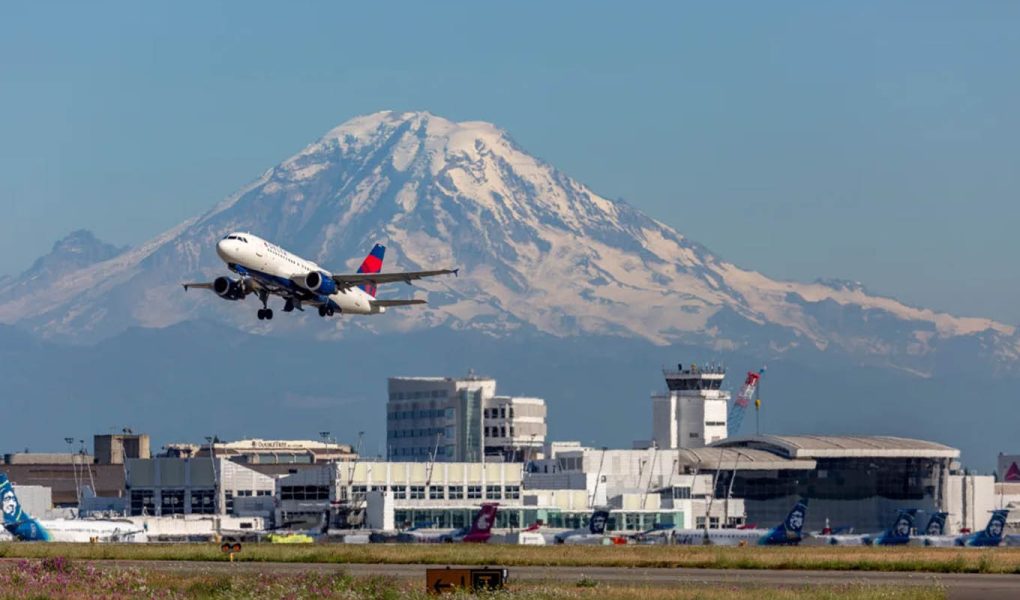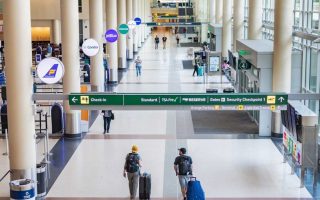When planning a trip to the northwest corner of the United States, Seattle is undoubtedly an attractive destination. Seattle, a port city located in Washington State, combines natural scenery with urban vitality. It has magnificent mountains and bays, as well as a blend of coffee culture and technological atmosphere.
In order to start this journey smoothly, choosing the right flight time and ticket purchase channel is particularly important. Whether it is your first time to set foot on American soil or you have traveled back and forth between the two sides of the Pacific Ocean many times, mastering the best travel time and ticket purchase strategy to Seattle is the basis for a comfortable, efficient and cost-effective journey.
Ⅰ. Overview of Seattle: Reasons to go
Seattle, as the largest city in the northwest of the United States, its strategic position and natural resources make it one of the most attractive tourist cities in the United States. It is not only the birthplace of Microsoft, Amazon, and Starbucks, but also has many tourist check-in spots such as the Space Needle, Pike Place Market, and Mount Rainier. Seattle has a mild climate throughout the year, but it rains frequently. The best time to travel is between May and October.
If your travel purpose includes natural exploration, science and technology culture experience, literary and artistic leisure and urban landscape observation, then flying to Seattle will definitely not disappoint you. Choosing a suitable flight time can significantly improve the quality of your trip.
Ⅱ. Detailed explanation of the best flight time
1. Travel time selection by season
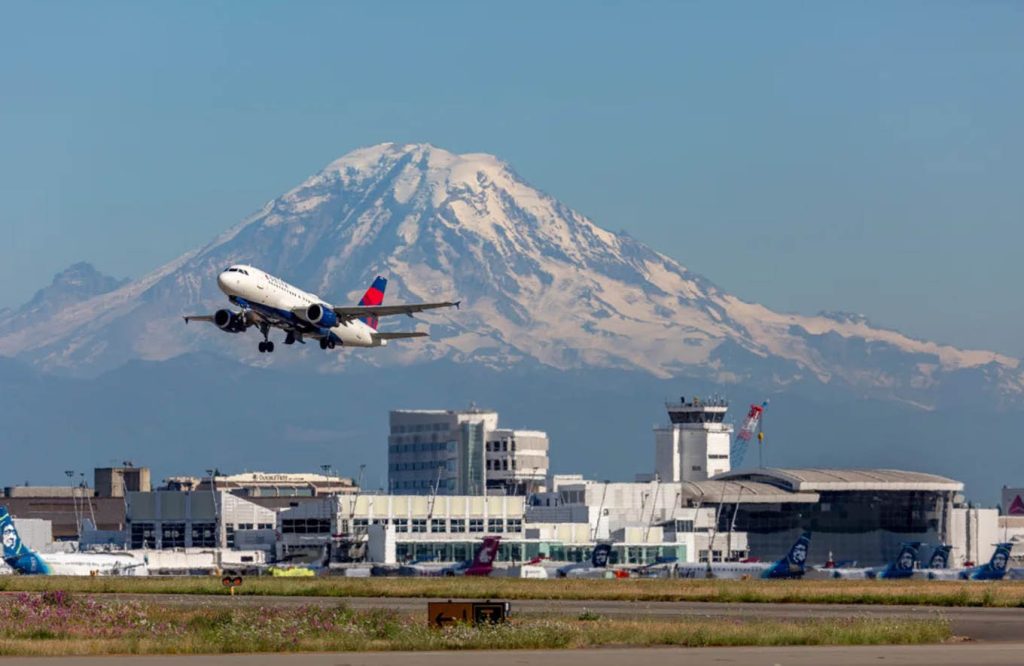
Spring (March-May): Seattle’s temperature rises, flowers bloom, the number of tourists is relatively small, and air tickets are relatively affordable. It is a cost-effective travel time. Especially during the cherry blossom season (late March-early April), the cherry blossom avenues on university campuses and in the city are unique.
Summer (June-August): During the peak tourist season, the weather is clear and it is the best time to see Mount Rainier and take a ferry to the sea. However, the demand for flights increases greatly at this time, and the ticket prices are generally high. It is recommended to purchase tickets at least two months in advance.
Autumn (September-November): The leaves change color, the scenery is picturesque, and the number of tourists gradually decreases. It is a paradise for photography enthusiasts. You can still enjoy warm sunshine in September, but the frequency of rainfall increases significantly after October.
Winter (December-February): Ski season begins, and nearby mountains (such as Snoqualmie) are a paradise for ski enthusiasts. Ticket prices fluctuate greatly around Christmas, so be sure to plan ahead.
2. Choose flights by week and time
Best departure day: Generally speaking, flights from Tuesday to Thursday are relatively cheap, especially flights on Wednesday morning or evening, where discount tickets are common.
Avoid peak hours: Avoid holiday peaks (such as Thanksgiving, Christmas, and New Year), during which ticket prices soar and airport security checks take a long time.
Early flights are better: From the perspective of riding experience, early flights (6 am to 10 am) have fewer delays, especially in the rainy winter season, which is especially important.
Ⅲ. Analysis of preferred airlines
In the international flight market, the routes to Seattle are mainly undertaken by domestic airlines in the United States, mainland China and East Asian airlines, as follows:
1. Domestic airlines in the United States
Delta Airlines
Delta Airlines has a large operating base at Seattle-Tacoma International Airport (SEA) and is one of the most common choices for going to Seattle.
Advantages: frequent flights, stable flight time, Seattle is one of its west coast hubs, and there are rich transfer route options.
Suitable for: passengers who need to connect multiple cities in the United States.
Loyalty program: SkyMiles, points can be exchanged for miles and upgrades.
Alaska Airlines
Headquartered in Seattle, it is the airline with the closest localized services.
Advantages: high degree of localized services, strong geographical advantages for flying to Seattle.
Route coverage: dense coverage in the western United States, with Seattle as a hub.
Catering features: special snacks are provided in the economy class, and the reviews are excellent.
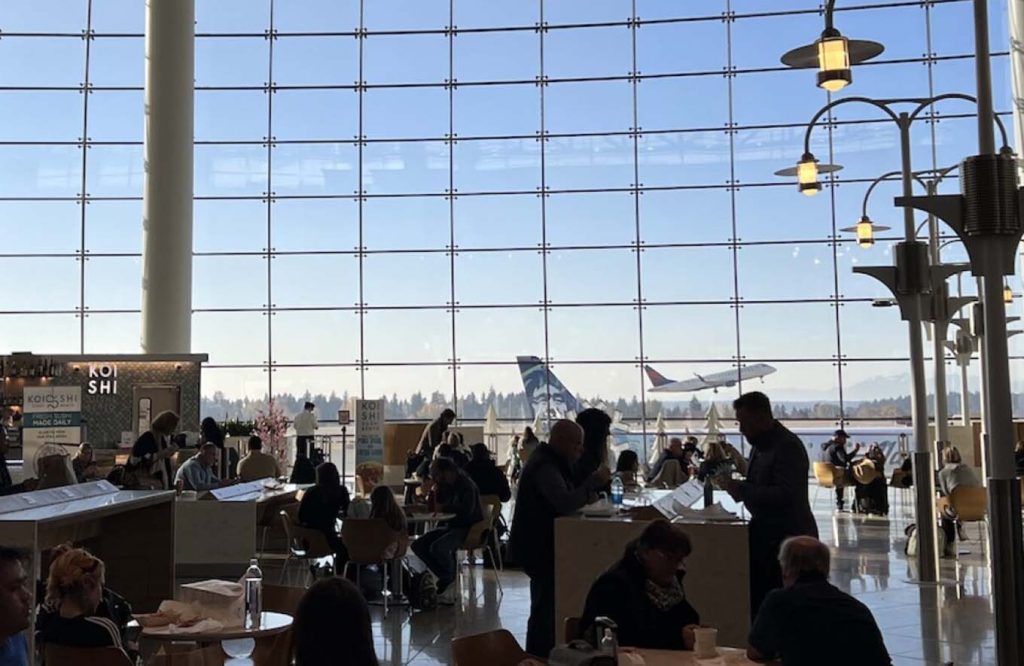
United Airlines
Although the flight density in Seattle is not as high as Delta, its global transfer capacity is strong.
Suitable for people: those who come from other continents and need to transfer in the United States.
Transfer efficiency: Closer cooperation with other airlines in the Star Alliance.
2. Major Asian airlines
Air China
Direct flights to Seattle depart from Beijing, and the flight time is about 11 hours.
Advantages: Direct flights save time, suitable for business or tight schedules.
Suggestion: It is cost-effective to buy business class, and Chinese service is provided.
China Eastern Airlines
Frequently departs from Shanghai to Seattle, sometimes stopping in Los Angeles or San Francisco.
Price: There are often promotional prices, suitable for passengers who plan in advance.
Transfer: Pay attention to the transfer time setting, some tickets do not include direct baggage check-in.
Asiana Airlines and Korean Air
Transfer from Seoul, the flight time to Seattle is reasonable, and the transfer is convenient.
Service advantages: Meals and cabin services are generally good.
Transfer time: Incheon Airport has high transfer efficiency and is suitable for passengers who like East Asian transfer routes.
IV. Detailed explanation of ticket purchase suggestions: Master the timing and channels
1. The best time to purchase tickets
It is recommended to purchase tickets in advance for international flights:
Economy class: 2-4 months in advance is preferred
Business class: 1-2 months in advance often has business class flash sales
Price monitoring tools:
Use the price trend function of Google Flights to track route price changes.
Set reminders and use platforms such as Kayak and Skyscanner to monitor low-cost flights.
2. Recommended third-party ticket purchase platforms
Google Flights
Advantages: simple interface, real-time monitoring of price trends, and the ability to filter airlines and transfer methods.
Disadvantages: cannot be booked directly, and must jump to the airline’s official website or a third party.
Skyscanner
Features: integrates global air ticket information and displays the lowest price option.
Recommended reason: Supports multiple currencies and languages, suitable for global travelers.
Note: Need to identify the credibility of third-party agents to avoid price traps.
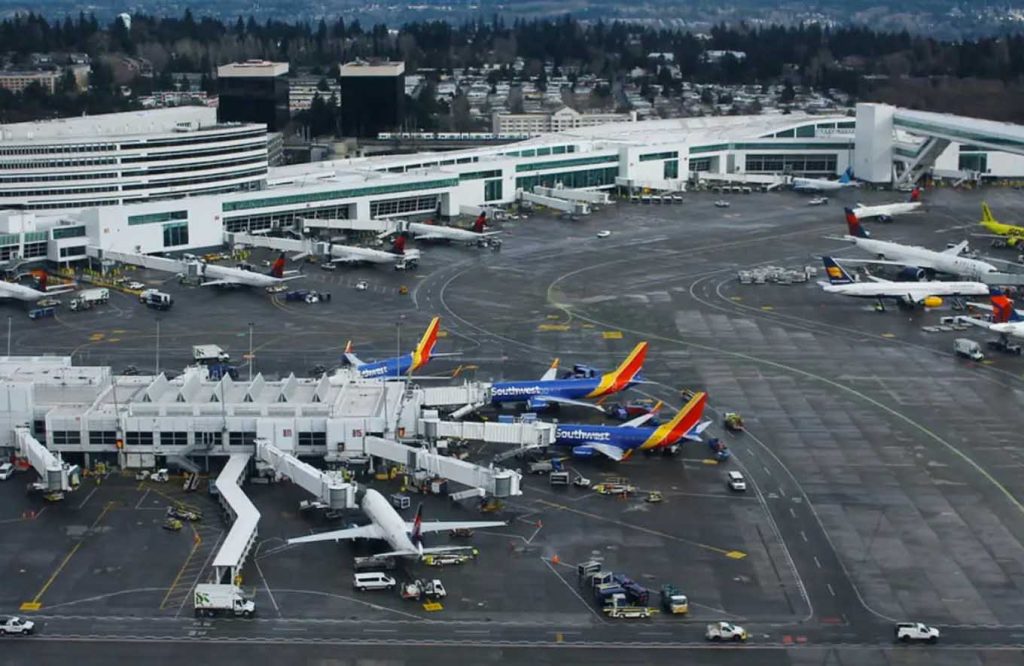
Hopper
Highlights: Use big data to predict the rise and fall of air tickets, suitable for people who arrange their itineraries flexibly.
Special features: Push notifications for the best time to buy tickets.
Expedia (Expedia.com)
Strengths: Can package air tickets + hotels at the same time, suitable for tourists planning medium- and long-term trips.
User service: American customer service responds quickly and supports Chinese pages.
Ctrip International Station (Trip.com)
Advantages: Convenient Chinese operation, fast after-sales service response.
Disadvantages: Some routes often require multiple transfers or airport changes, so be careful when choosing.
Booking.com Air Ticket Section
Extensibility: High integration with hotel products, convenient for one-stop booking.
Suitable for: Those who do not want to operate multiple times and hope to manage their journey on a unified platform.
Ⅴ. Common ticket purchase misunderstandings and pitfall avoidance guide
1. “Lowest price” ≠ “most economical”
Many cheap tickets hide high baggage fees and seat selection fees, and the actual total price may be higher than that of traditional airlines. Especially for international routes, try to choose tickets with checked baggage and rebooking options.
2. Ignoring visa and transfer rules
Many passengers ignored the required transit visas because they purchased flights with transfers in Canada, South Korea, and Japan, resulting in inability to board the plane. Be sure to confirm the entry requirements of the transfer point before purchasing a ticket.
3. Use VPN to switch country prices
The price of the same air ticket purchased by IP in different countries may be different. Using VPN to switch to the source country of the ticket can often find cheap air tickets. For example, searching for US airlines from a local US IP is often lower than that of other countries.
Ⅵ. Tips for selecting connecting flights
1. Transfer time setting
The best interval time for international transfers: more than 2.5 hours is the safest, and time for customs, security checks, and transfers is reserved.
Avoid too short a transfer: a transfer time of less than 1 hour is extremely risky.
2. Priority for airlines in the same alliance
Choosing a flight combination of the same airline alliance (such as Star Alliance, SkyTeam, Oneworld) helps ensure direct baggage check-in, delay assistance and mileage accumulation.
3. Seattle local transfer recommendation
If the flight needs to transfer within the United States, you can choose Los Angeles (LAX), San Francisco (SFO), Denver (DEN) or Dallas (DFW) as the transfer point. It is recommended to avoid Chicago (ORD) and New York (JFK), which are prone to delays due to large traffic and complex weather.
There are many flights to Seattle, and choosing the right airline and departure time is the key to improving your travel experience. It is recommended that you consider flight duration, transfer arrangements, departure time, fare trends and platform services to develop a flight plan that best suits you.
Whether you are traveling, traveling for business, or studying abroad, as long as you master these strategies, you can fly a high-quality experience with a reasonable budget.
